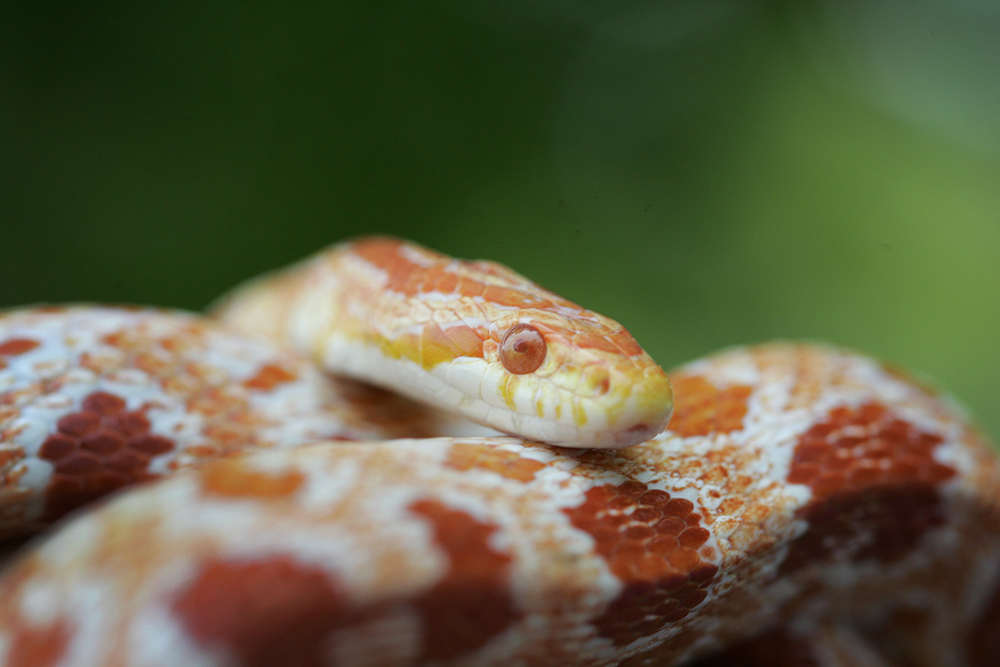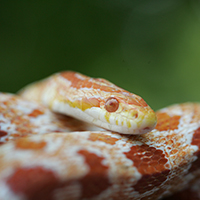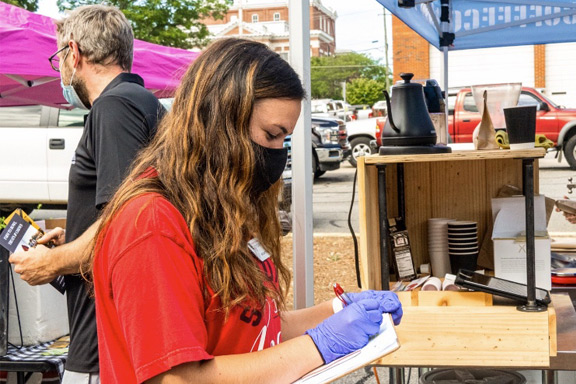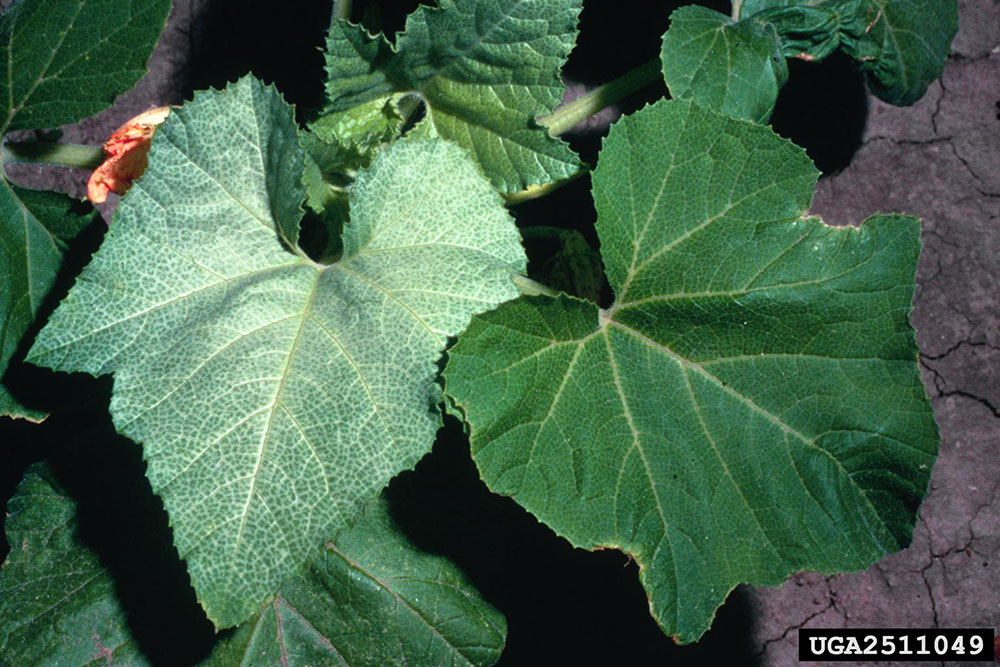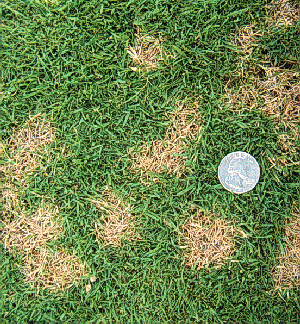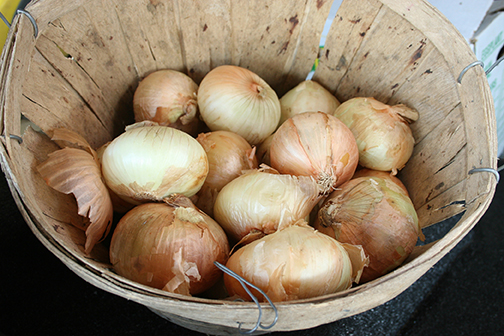Not many animals elicit the extreme emotional response that snakes do, but the truth is they’re an ordinary part of the landscape in Georgia.
They live in every corner of the state and serve an important purpose in the ecosystem, whether that ecosystem is a suburban backyard or an isolated pine forest. Without them, Georgia would have an overpopulation of rodents and other pests.
Snakes feed on a wide variety of small creatures. Some species feed only on warm-blooded animals such as rodents and birds, while others feed on toads, frogs and fish. Some smaller snakes feed on earthworms, slugs and soft-bodied insects.
Of the 40 kinds of snakes that call Georgia home, none of them have any interest in eating people. The state is home to six venomous snake species, which include copperheads and timber rattlesnakes.
All snakes, including venomous species, try to avoid their human neighbors at all costs and only resort to striking at or biting people when they feel cornered or startled. Snakebites are a rare occurrence, even as people move into snakes’ natural habitats.
If a venomous snake bites you or someone with you, there are basic steps you can take to reduce the severity of the snakebite.
Know your snakes!
- Using a field guide, familiarize yourself with the six species of venomous snakes that live in Georgia. If the snake that bit you is nonvenomous, simply wash the affected area with soap and water.
If the snake is venomous:
- Stay calm and keep the bitten area below your heart level. Remove any rings, watches and tight clothing in case of swelling.
- Try to identify the offending snake if you can do so easily, without putting yourself at risk or wasting valuable time.
- Get to the nearest hospital or emergency medical facility immediately, even if you suspect a dry bite, or a bite by a venomous snake in which no venom is released. The universal treatment for a serious snakebite is the use of antivenin or snakebite serum, which should only be administered by a medical doctor.
- Don’t eat or drink anything, including alcoholic beverages or medicines.
- Don’t run or engage in strenuous activity.
- Don’t cut into bite marks with a blade or attempt to suck out the venom.
- Don’t apply a tourniquet after a pit viper bite. All but the rarest of Georgia’s venomous snakes — the eastern coral snake — are part of the pit viper family.
- Don’t use a stun gun or other electrical shock to treat the snakebite.
- Don’t freeze or apply extreme cold to the area of the bite.
As more people encroach on the native habitats of snakes, snake sightings are becoming more common.
Snakes may be seen more often on property surrounded by natural countryside or woods with rock piles, streams and wetlands. Landscaping that mimics nature, rock gardens, piles of debris and deteriorating outbuildings may harbor snakes as well.
No chemical controls can keep snakes at bay. The best way to reduce the chance of coming across a snake is to keep landscaped areas and structures unattractive to them. Keep these areas clean. Don’t allow areas around the house to become overgrown with vegetation or weeds.
Think like a snake. Look for sources of food and places to hide. Snakes can fit into very small spaces, so pay attention to details. If you lessen potential food sources, habitats and places to hide, you will more than likely reduce problems with snakes around the house.
To learn more about Georgia’s snake habitats and habits, visit the Georgia Department of Natural Resources’ snake information page at www.georgiawildlife.com/node/138.
(Snake facts borrowed from the Georgia Department of Natural Resources.)

